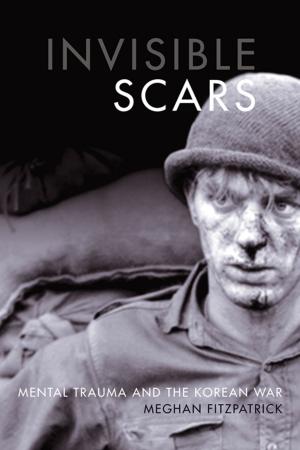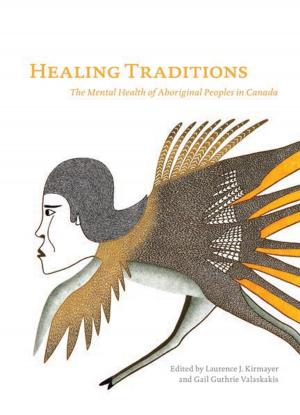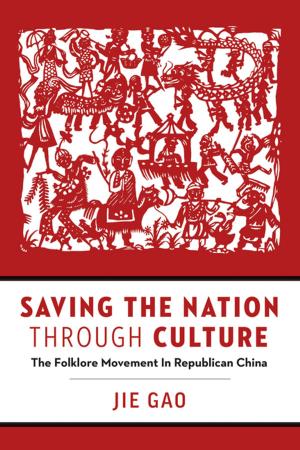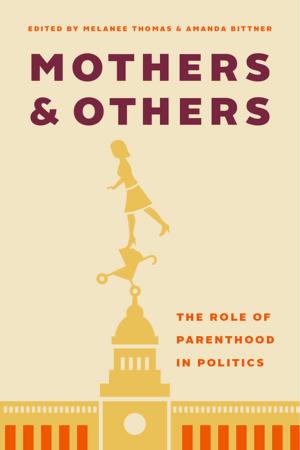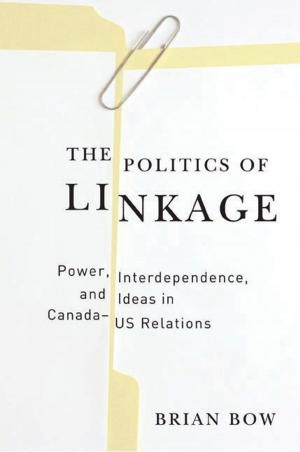Suburb, Slum, Urban Village
Transformations in Toronto’s Parkdale Neighbourhood, 1875-2002
Nonfiction, Social & Cultural Studies, Political Science, Politics, City Planning & Urban Development, History, Canada| Author: | Carolyn Whitzman | ISBN: | 9780774858830 |
| Publisher: | UBC Press | Publication: | January 3, 2010 |
| Imprint: | UBC Press | Language: | English |
| Author: | Carolyn Whitzman |
| ISBN: | 9780774858830 |
| Publisher: | UBC Press |
| Publication: | January 3, 2010 |
| Imprint: | UBC Press |
| Language: | English |
Suburb, Slum, Urban Village examines the relationship between image and reality for one city neighbourhood – Toronto’s Parkdale. Carolyn Whitzman tracks Parkdale’s story across three eras: its early decades as a politically independent suburb of the industrial city; its half-century of ostensible decline toward becoming a slum; and its post-industrial period of transformation into a revitalized urban village. This book also shows how Parkdale’s image influenced planning policy for the neighbourhood. Whitzman demonstrates that image and reality have not always correlated for Parkdale. Parkdale’s changing image stood in stark contrast to its real social conditions. Nevertheless, this image became a self-fulfilling prophecy, as it contributed to increasingly discriminatory planning practices for Parkdale in the late twentieth century.
Suburb, Slum, Urban Village examines the relationship between image and reality for one city neighbourhood – Toronto’s Parkdale. Carolyn Whitzman tracks Parkdale’s story across three eras: its early decades as a politically independent suburb of the industrial city; its half-century of ostensible decline toward becoming a slum; and its post-industrial period of transformation into a revitalized urban village. This book also shows how Parkdale’s image influenced planning policy for the neighbourhood. Whitzman demonstrates that image and reality have not always correlated for Parkdale. Parkdale’s changing image stood in stark contrast to its real social conditions. Nevertheless, this image became a self-fulfilling prophecy, as it contributed to increasingly discriminatory planning practices for Parkdale in the late twentieth century.




